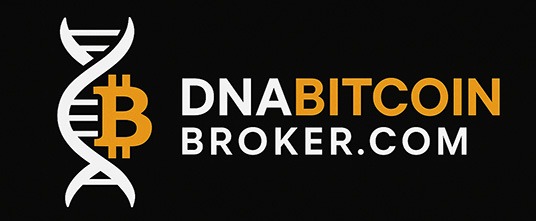“The digital euro is not designed to replace money — it is designed to future-proof it.” – DNA Crypto Knowledge Base.
Day by day, Europe edges closer to a financial experiment that could reshape money itself: the digital euro. Think of it as cash reimagined for the internet age — backed not by a private firm but by the European Central Bank (ECB).
Learn more: The Digital Euro Project
Why Europe Wants a Digital Euro
Three drivers stand out:
– Declining cash use: By 2024, cash fell to just over half of transactions, down sharply from 2019.
– Surging digital payments: Cards now cover nearly 40% of in-store payments, online is above 20%, and mobile wallets have doubled.
– Foreign dependence: Visa, Mastercard, and Apple Pay dominate European rails — but none are EU-owned.
The ECB envisions a “public option” for money: stable, inclusive, and not controlled by Big Tech.
Related: Stablecoins and MiCA Regulation
The Global Push for CBDCs
Europe isn’t alone. In 2020, only 35 countries studied CBDCs. By 2025, that number reached 134, representing nearly all global GDP.
– Live projects: Bahamas (Sand Dollar), Jamaica (Jam-Dex), Nigeria (eNaira).
– Pilots: China’s digital yuan has already processed close to $1 trillion.
– In progress: Japan, India, Brazil, Turkey, and Australia are testing systems.
Features Under Development
The ECB has outlined key features:
– Legal tender across the Eurozone
– Free for everyday use by citizens
– Offline capability for resilience and privacy
– Seamless integration with banks and merchants
– Cash remains alongside the digital euro
Christine Lagarde calls it “a digital form of cash” — designed to be both trustworthy and future-ready.
Challenges Ahead
Privacy: Europeans worry that regulators could monitor payments.
Awareness: Surveys show low understanding; many think it will “replace cash.”
Adoption hurdles: Consumers already trust cards, PayPal, Apple Pay — even Stablecoins. The ECB must prove why its solution is better.
Implications for Businesses
Pros: Lower payment costs, faster settlement, and more e-commerce efficiency.
Cons: Compliance adjustments, system updates, and customer education.
Ultimately, businesses must integrate the digital euro while continuing to support existing rails.
CBDCs vs Crypto
The ECB stresses the digital euro is not crypto. Unlike Bitcoin, it won’t swing in value. Unlike Stablecoins, it won’t depend on private issuers.
– Bitcoin remains attractive for decentralisation and censorship resistance.
– Stablecoins (USDT, USDC) will continue in DeFi and cross-border transfers.
– The digital euro will focus on retail payments, inclusion, and sovereignty.
The Takeaway
By late 2025, the EU will decide if the digital euro moves from pilot to launch.
It won’t kill cash. It won’t erase crypto. But it could quietly reshape payments across Europe, giving citizens a secure digital option and businesses a cost-efficient rail, while reinforcing Europe’s monetary independence.
Image Source: Adobe Stock
Disclaimer: This article is provided for informational purposes only. It does not constitute legal, tax, financial, or investment advice.












